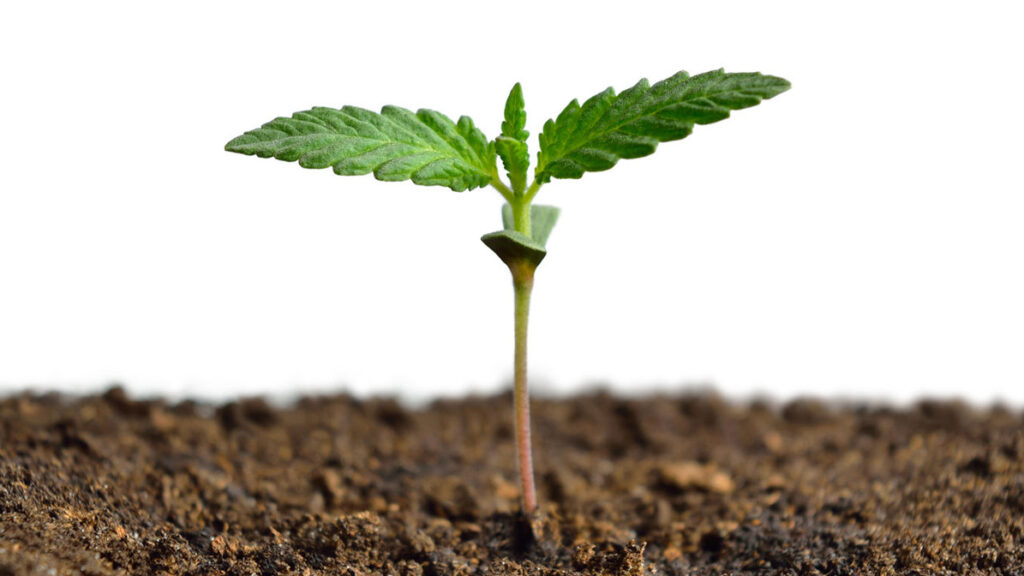Preserving Seeds: A Comprehensive Guide to Seed Storage Techniques
Introduction
When it comes to safeguarding the future of your garden, the importance of preserving seeds cannot be overstated. A technique practiced by farmers and horticulturists worldwide, proper seed storage ensures that your precious plant varieties continue to flourish year after year.
The Ideal Environment: Temperature, Humidity, and Light
In essence, storing seeds is about creating a controlled environment. It is crucial to understand how the three cardinal elements – temperature, humidity, and light – can impact the longevity of your seeds.
Temperature
Cold storage is often ideal for most seeds. As a general guideline, the temperature should hover around 5 degrees Celsius (41 degrees Fahrenheit). The simple act of storing your seeds in a refrigerator can increase their lifespan dramatically.
Humidity
Low humidity levels are essential for preserving seeds effectively. A low moisture environment prevents the growth of mold and other pathogens that can deteriorate your seeds. A relative humidity of about 20% is often adequate.
Light
A majority of seeds benefit from being stored in darkness. Light can stimulate germination in some varieties, and excessive light exposure can degrade the seed’s genetic material over time. Thus, a dark environment is usually the best.

Techniques for Seed Preservation
A majority of seeds benefit from being stored in darkness. Light can stimulate germination in some varieties, and excessive light exposure can degrade the seed’s genetic material over time. Thus, a dark environment is usually the best.
Seed Drying: The Initial Step: Seed drying is a critical step in the preservation process. Begin by cleaning and separating the seeds from the pulp. Afterwards, spread them out on a clean, dry surface, allowing them to dry naturally. Using a fan or dehumidifier can expedite the process, but do not resort to heating devices as they can harm the seeds.
Packaging Seeds for Long-term Storage: Once dried, seeds should be stored in airtight containers. Glass jars, metal tins, or specially-designed seed envelopes work well. To maintain a low moisture environment, consider adding a desiccant, like silica gel or powdered milk, into the container.
Proper Labeling: Key to Efficient Seed Storage: Never underestimate the power of an accurately labeled container. Include essential information such as the seed type, variety, and the date of collection. This practice can make it easier for you to manage your seed stock and plan your planting schedules.
Seed Storage: The Refrigeration Method: Refrigeration offers an excellent environment for seed preservation. Place your labeled, airtight containers in the fridge, away from the freezer section. Remember, the goal is cold storage, not freezing, as freezing can cause damage to some types of seeds.
Germination Test: Assessing Seed Viability: After a period of storage, a germination test can help you assess the viability of your seeds. Simply plant a small sample in a container with potting soil and monitor the rate of sprouting. This method gives you an idea of the overall health of your seed batch, and allows you to plan your gardening accordingly.
Conclusion
In the world of horticulture, preserving seeds represents a nod to the future. It’s a proactive step that safeguards the genetic diversity of your garden and helps ensure your plants’ lineage for generations to come. With these steps in mind, seed preservation can be a fruitful endeavor, rich in the rewards of nature’s bounty. Remember to maintain the ideal storage environment, and always conduct regular germination tests. With careful attention and care, your seeds can indeed stand the test of time.
